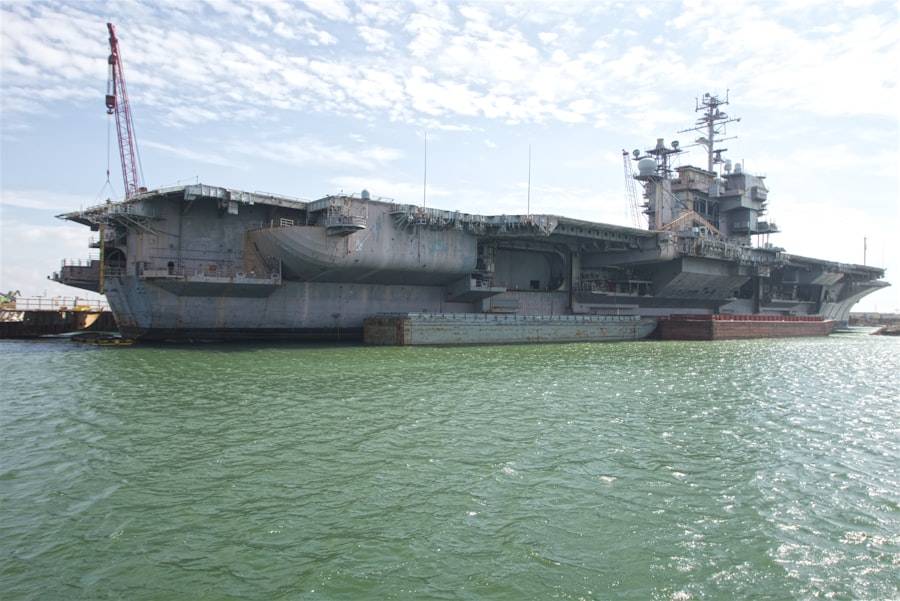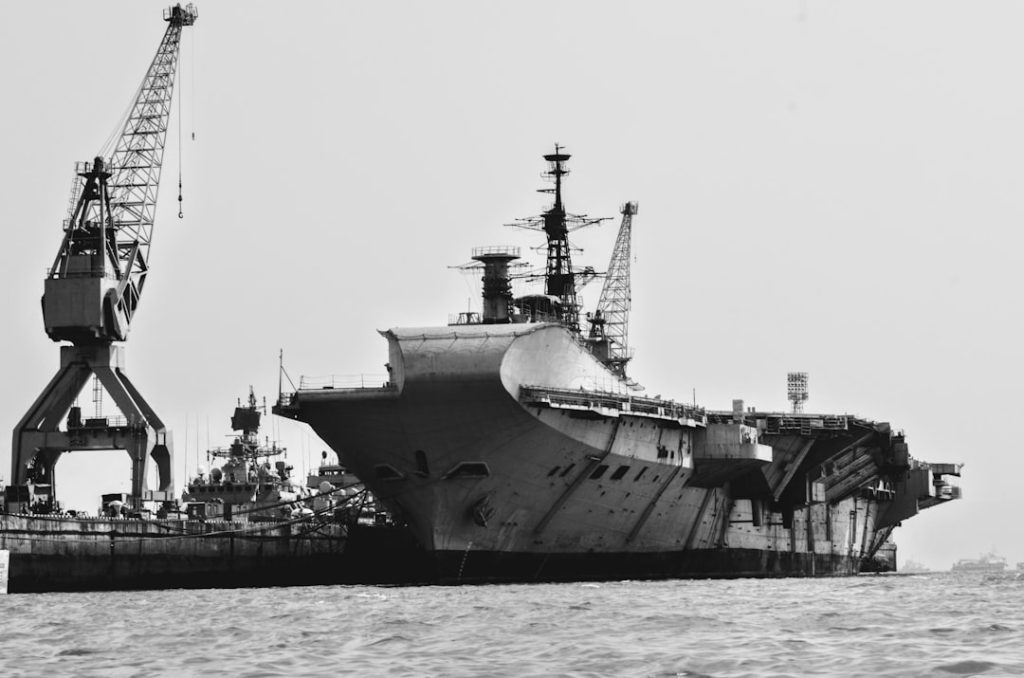The evolution of military aviation has been marked by significant advancements in the range and endurance of aircraft, particularly in the context of unmanned aerial vehicles (UAVs) and advanced manned platforms. Enhanced range allows military forces to project power over vast distances without the need for forward operating bases, which can be logistically challenging and vulnerable to enemy action. For instance, the Northrop Grumman Global Hawk UAV boasts an impressive operational range of over 12,000 nautical miles, enabling it to conduct long-duration surveillance missions without the need for frequent refueling.
This capability not only extends the operational reach of military forces but also allows for sustained intelligence, surveillance, and reconnaissance (ISR) operations in contested environments. Moreover, advancements in fuel efficiency and propulsion technology have contributed to increased endurance, allowing aircraft to remain airborne for extended periods. The Boeing P-8 Poseidon, a maritime patrol aircraft, can stay aloft for more than 10 hours on a single mission, providing continuous coverage of vast oceanic areas.
This endurance is critical for anti-submarine warfare, anti-surface warfare, and maritime domain awareness. The ability to loiter over a target area for extended periods enhances situational awareness and provides commanders with timely information to make informed decisions. As military operations increasingly rely on real-time data, the enhanced range and endurance of modern aircraft play a pivotal role in shaping the effectiveness of air power in contemporary warfare.
Key Takeaways
- Enhanced range and endurance allow for longer missions and increased operational capabilities.
- Increased payload capacity enables the aircraft to carry more equipment, supplies, or weapons.
- Flexibility in mission planning allows for adaptability to changing situations and requirements.
- Rapid deployment and response capabilities enable quick and effective action in critical situations.
- Airborne early warning and control systems provide enhanced situational awareness and command and control capabilities.
Increased Payload Capacity
The payload capacity of military aircraft has seen remarkable improvements, allowing for the integration of advanced weaponry and sophisticated sensor systems. Modern fighter jets like the Lockheed Martin F-35 Lightning II can carry a diverse array of munitions and equipment, including precision-guided bombs, air-to-air missiles, and electronic warfare systems. The F-35’s internal weapons bays are designed to minimize radar cross-section while maximizing payload capacity, enabling it to conduct stealthy strike missions without compromising its low-observable characteristics.
This versatility in payload allows for a wide range of mission profiles, from close air support to deep strike operations. In addition to traditional munitions, increased payload capacity also facilitates the integration of advanced sensors and communication systems that enhance situational awareness and targeting capabilities. For example, the Northrop Grumman E-2D Advanced Hawkeye is equipped with an advanced radar system that can detect and track multiple airborne targets simultaneously.
Its ability to carry additional electronic warfare equipment further enhances its role as an airborne command and control platform. The combination of increased payload capacity and advanced technology enables military aircraft to adapt to evolving threats and operational requirements, ensuring that they remain effective in a dynamic battlefield environment.
Flexibility in Mission Planning

Flexibility in mission planning is a hallmark of modern military aviation, allowing commanders to adapt to rapidly changing operational conditions. The integration of advanced software systems and real-time data analytics has revolutionized how missions are planned and executed. For instance, the use of simulation tools enables planners to model various scenarios and assess potential outcomes before committing forces.
This capability allows for more informed decision-making and reduces the risks associated with complex operations. Furthermore, modern aircraft are designed with modularity in mind, enabling them to be rapidly reconfigured for different mission types. The Airbus A400M Atlas transport aircraft exemplifies this flexibility; it can be used for cargo transport, medical evacuation, or aerial refueling missions with minimal downtime.
This adaptability is crucial in joint operations where forces from different branches must work together seamlessly. By allowing for quick adjustments in mission planning, military aviation enhances operational effectiveness and ensures that forces can respond swiftly to emerging threats or opportunities.
Rapid Deployment and Response
| Metrics | Values |
|---|---|
| Response Time | 30 minutes |
| Deployment Speed | 24 hours |
| Incident Resolution Rate | 95% |
The ability to rapidly deploy and respond to crises is a critical component of modern military strategy. Airlift capabilities have been significantly enhanced through the development of advanced transport aircraft such as the Lockheed Martin C-130J Super Hercules and the Boeing KC-46 Pegasus tanker. These aircraft are designed for quick turnaround times and can operate from austere airfields, enabling them to deliver troops and supplies to remote locations with minimal notice.
In addition to transport capabilities, rapid response is facilitated by the use of airborne alert systems that keep fighter jets ready for immediate action. The NATO Quick Reaction Alert (QRA) system exemplifies this approach, where fighter aircraft are kept on standby to intercept potential threats within minutes of detection. This capability is essential for maintaining air sovereignty and deterring adversaries from aggressive actions.
The combination of rapid deployment and response capabilities ensures that military forces can project power effectively and maintain operational readiness in an increasingly volatile global security environment.
Airborne Early Warning and Control
Airborne early warning and control (AEW&C) systems have become indispensable assets in modern military operations, providing commanders with critical situational awareness and command capabilities. Aircraft such as the Boeing E-3 Sentry AWACS (Airborne Warning and Control System) are equipped with advanced radar systems that can detect airborne threats at great distances, allowing for early warning of potential attacks. The E-3’s ability to track multiple targets simultaneously provides a comprehensive picture of the battlespace, enabling effective coordination among various military assets.
Moreover, AEW&C platforms serve as command centers in the sky, facilitating communication between ground forces, naval units, and other aircraft. This capability is particularly important in joint operations where coordination among different branches is essential for mission success. The integration of data from various sources into a centralized command structure enhances decision-making speed and accuracy.
As adversaries develop more sophisticated air defense systems, the role of airborne early warning becomes even more critical in ensuring that friendly forces can operate effectively while minimizing exposure to enemy threats.
Multi-role Capabilities

The trend toward multi-role capabilities in military aviation has transformed how air forces conduct operations across various domains. Modern aircraft are designed to perform multiple functions, allowing them to engage in air-to-air combat, ground attack missions, reconnaissance, and electronic warfare—all within a single platform. The F-15EX Eagle II is a prime example of this versatility; it can be equipped with a range of munitions and sensors tailored for specific mission requirements while retaining its air superiority role.
This multi-role capability not only enhances operational flexibility but also streamlines logistics by reducing the number of different aircraft types needed within a fleet. For instance, the Eurofighter Typhoon can be deployed for air defense missions while also being capable of precision strikes against ground targets. This adaptability allows air forces to respond more effectively to diverse threats without the need for extensive reconfiguration or additional training for pilots.
As military operations become increasingly complex, the ability to leverage multi-role capabilities will be essential for maintaining a competitive edge on the battlefield.
Reduced Risk to Pilots
The introduction of unmanned aerial vehicles (UAVs) has significantly reduced the risk to pilots in combat situations. By utilizing remotely piloted systems such as the MQ-9 Reaper or the RQ-4 Global Hawk, military forces can conduct high-risk missions without putting human lives at stake. These UAVs are capable of performing surveillance, reconnaissance, and strike missions in hostile environments where manned aircraft would face considerable danger from enemy fire or advanced air defense systems.
Additionally, advancements in technology have improved pilot safety even within manned platforms. Modern fighter jets are equipped with advanced avionics systems that enhance situational awareness and provide pilots with critical information about their surroundings. Features such as heads-up displays (HUDs) and helmet-mounted displays (HMDs) allow pilots to maintain focus on their mission while receiving real-time data about threats and targets.
Furthermore, ejection seat technology has evolved significantly, providing pilots with better chances of survival in emergency situations. These innovations collectively contribute to reducing risks associated with aerial combat while ensuring that military forces can maintain operational effectiveness.
Support for Special Operations
Military aviation plays a crucial role in supporting special operations forces (SOF), providing them with the mobility, firepower, and intelligence needed to execute complex missions behind enemy lines. Aircraft such as the Lockheed Martin AC-130 gunship are specifically designed to support ground troops during close air support operations by delivering precision firepower from an altitude that minimizes risk to friendly forces. The AC-130’s ability to loiter over target areas for extended periods allows it to provide continuous support during critical phases of an operation.
Moreover, helicopters like the Sikorsky UH-60 Black Hawk are integral to special operations due to their versatility in troop transport and insertion/extraction missions. These helicopters can operate in diverse environments—from urban settings to rugged terrain—enabling SOF teams to reach their objectives quickly and efficiently. The integration of advanced avionics and communication systems further enhances their effectiveness by ensuring seamless coordination between air and ground elements during high-stakes operations.
In addition to direct support roles, military aviation also facilitates intelligence gathering for special operations through platforms like the MQ-1 Predator UAV. These drones provide real-time surveillance capabilities that allow SOF units to gather critical information about enemy movements and positions before launching their missions. The synergy between aviation assets and special operations forces underscores the importance of air power in executing complex military strategies that require precision, speed, and adaptability in dynamic environments.


